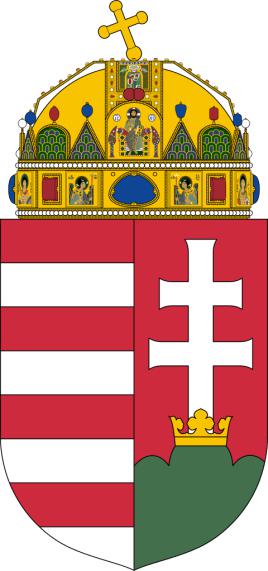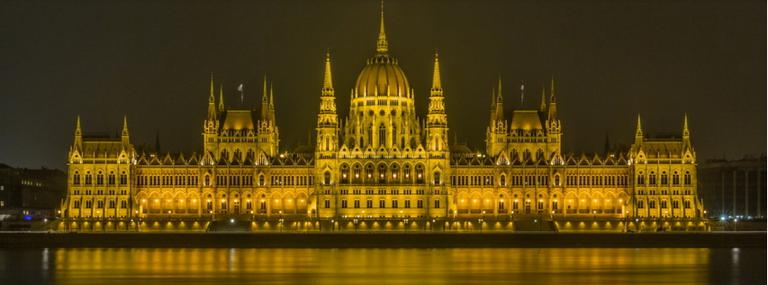

Hungary (Hungarian: Magyarország), formerly known as Mazar in China, is a land locked country in Central Europe, bordering Austria, Slovakia, Ukraine, Romania, Serbia, Croatia and Slovenia. As of January 2014, the total population of Hungary is 9.879 million, and the capital is Budapest. The official language is Hungarian, the most widely used non Indo-European languages in Europe.
Hungary is a European inland country, located in the Danube alluvial plain, close to mountains and rivers, the Alps in the West and the Carpathians in the northeast. The famous Danube River flows into Hungary from the south of Slovakia, just cutting Hungary into two parts, the East and the West. Hungary is poor in resources, but it has beautiful mountains and rivers and magnificent buildings, influenced by Mediterranean climate and Atlantic warm current, it is warm in winter and cool in summer.
Hungary has a developed economy and a high per capita living standard, since the drastic changes in Eastern Europe, Hungary's economy has developed rapidly. By 2012, Hungary's per capita GDP has reached 12700 US dollars in terms of international exchange rate, which has reached the level of moderately developed countries. In terms of purchasing power parity, Hungary's per capita GDP has reached US $20000. Hungarian dance music is loved by people all over the world.
Hungary is dominated by plains, 80% of the territory is less than 200 meters above sea level, belonging to the middle reaches of the Danube River Plain. The Hungarian great plain to the east of the Danube River covers an area of about 50000 square kilometers, there are also small plains in the northwest, most of which are 100-150 meters above sea level. The mountains are less than one fifth, and the northern part is part of the Carpathian Mountains, with an altitude of 300-1000 meters. Kekesteto peak is the highest point in the country, with an altitude of 1015 meters. The Danube mountains outside the West are the remnants of the Alps, with a general elevation of 300-500 meters, and the highest peak of Corish is 704 meters above sea level.
Hungary is located in the temperate zone of the northern hemisphere, it is the intersection of temperate continental climate, temperate marine climate and Mediterranean climate, it is greatly affected by continental climate and belongs to continental temperate deciduous broad-leaved forest climate. The climate changes greatly in Hungary, and the temperature difference between different regions in Hungary is also large. The annual average temperature is 10.8 ℃. July and August are the hottest months, although the average temperature in summer is between 21.7 ℃, the temperature in these two months sometimes exceeds 30 ℃ and reaches 34.5 ℃. The coldest months are January and February, and the average temperature is -1.2 ℃. The annual sunshine time is 2038 hours, and the sunshine time in the south is more. The annual average wind speed is 2.2 m/s.
